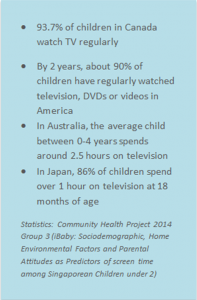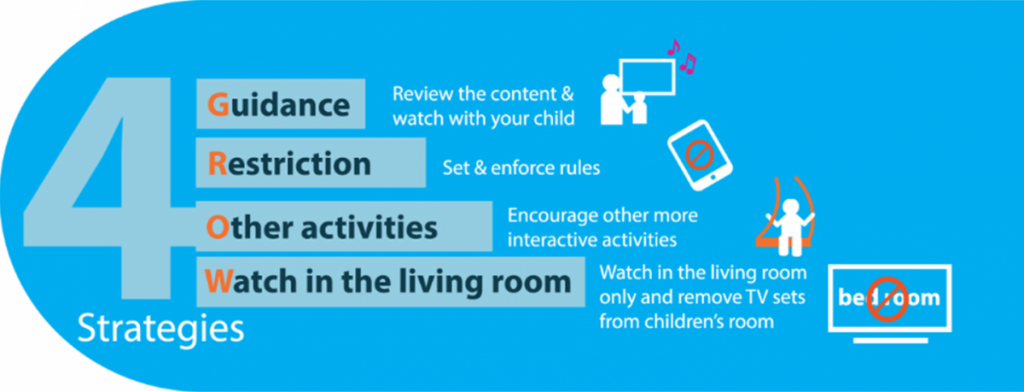Teaching for NUS Medicine
Are We Raising A Generation of iBabies?

 We live in an increasingly wired nation –so it’s not an uncommon sight to see children of increasingly younger ages glued to screens, be it on televisions, smartphones or tablets.
We live in an increasingly wired nation –so it’s not an uncommon sight to see children of increasingly younger ages glued to screens, be it on televisions, smartphones or tablets.
However, studies conducted in other developed countries have shown that increased screen exposure has been linked to lower cognitive and language developmental scores in young children. How does Singapore fare in comparison?
A recent study done by a team of medical undergraduates at the Yong Loo Lin School of Medicine aimed to do just that. Led by Dr Falk Mueller-Riemenschneider from the NUS Saw Swee Hock School of Public Health, the team interviewed 740 parents of children under the age of two to find out how much screen time our young ones are exposed to on a daily basis.
The survey found that with a screen time prevalence of 46.5%, almost 1 in 2 Singaporean children under the age of two are exposed to screen devices. Among those who were exposed to screen time, 33% viewed them for more than two hours daily.
Exploring Why: Parental Attitudes and Home Environment
In addition, the study also revealed that parental attitudes played a part in increased screen time exposure. For example, there was a lack of parental knowledge when it came to the subject matter – 8 in 10 parents were unaware of any guidelines put forth by professionals regarding screen time for young children. 4 in 10 parents also failed to supervise their child’s screen usage all the time.
The prevalence of technology in the home environment also factored into the results, as it was found that 4 in 10 households own one television and one computer, and 8 in 10 households own three or more personal portable devices, such as mobile phones, tablets, handheld video games, also lending to increased screen time exposure.
What's Next?

The study shows that there is a need for timely intervention strategies highlighting the importance of the parental setting, and targeting parental attitudes and practices.
In conjunction with the study, the group has also developed a useful mnemonic, GROW (above) to advice parents on simple steps they can take to manage and reduce media exposure for their young ones.
Going forward, the group aims to cast the net wider and kickstart an awareness initiative in the community by developing and distributing an informative pamphlet and infographic chart to hospitals.

